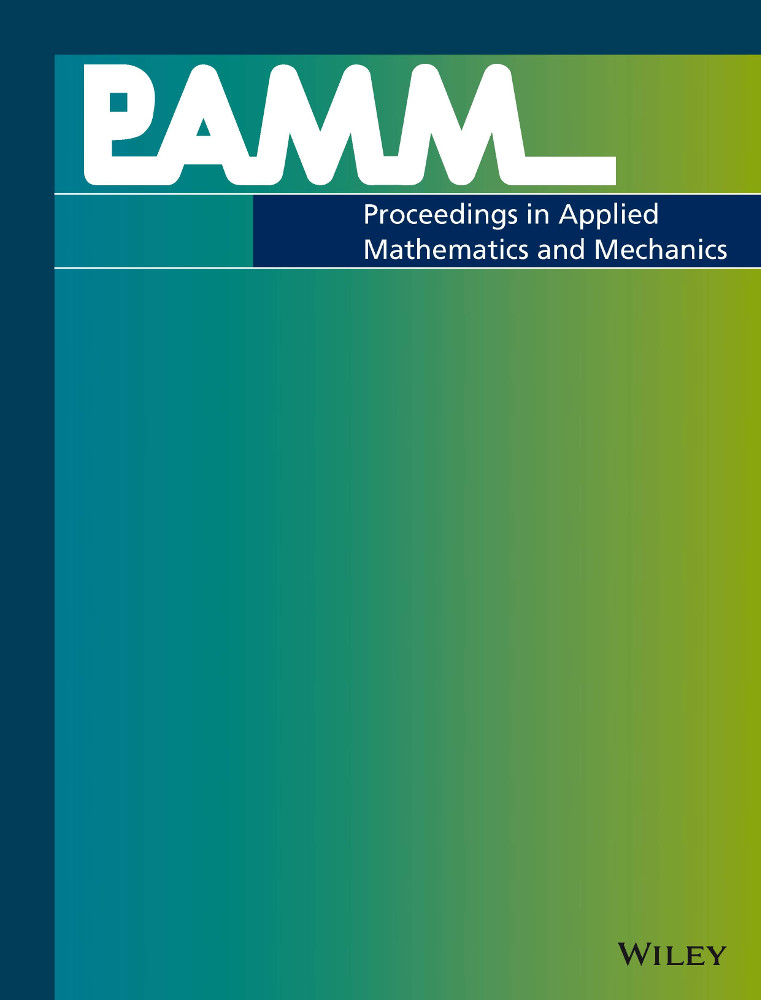Adaptive mesh refinement using Octree for finite cell simulation and its application for tunneling in saturated soils
Abstract
During simulations of complex engineering processes that include the domain evolution in time and space, it is often impossible to predict which regions should have finer numerical discretization in advance. In such cases, adaptive mesh refinement (AMR) can be used to achieve higher accuracy of the solution for as little computational cost as possible. This is achieved by locally refining the mesh only in areas of interest, which leads to a considerable saving in computational and storage requirements in comparison to global refinement [1]. Further, AMR reduces the effort needed by the user to tailor a high-quality mesh for the specific problem at hand.
Tree-based refinement methods use a recursive encoding scheme and a hierarchical refinement of non-overlapping elements, making them efficient and simple. These methods also ensure that the quality of the elements will not degrade and provide fine scale adaptivity [2]. Moreover, these methods are highly scalable with low overhead (see, e.g., [3]). The P4est library manages the AMR topology and uses tree-based refinement to create a forest of octrees. It is also designed to work in parallel and scale well to a high number of processor cores. Hanging nodes resulting from bisection refinement are handled using constraints with the master-slave elimination method. Data storage and data transfer between meshes are also handled.
The effectiveness of the proposed framework is demonstrated by large scale simulations of the tunneling process in two-phase soft soils [4]. A structured grid is used together with AMR to create meshes for arbitrary tunnel alignments which substantially reduces preprocessing time. The soil domain is modeled using the Finite Cell method (FCM) with a non-boundary conforming mesh while the other tunneling components are modeled using a boundary fitted mesh.
Acknowledgments
This research is funded by the Deutsche Forschungsgemeinschaft (DFG, German Research Foundation) – Project number: 77309832 within Subprojects C1 and B2 of the Collaborative Research Center SFB 837 “Interaction Modeling in Mechanised Tunnelling”. Open access funding enabled and organized by Projekt DEAL.




